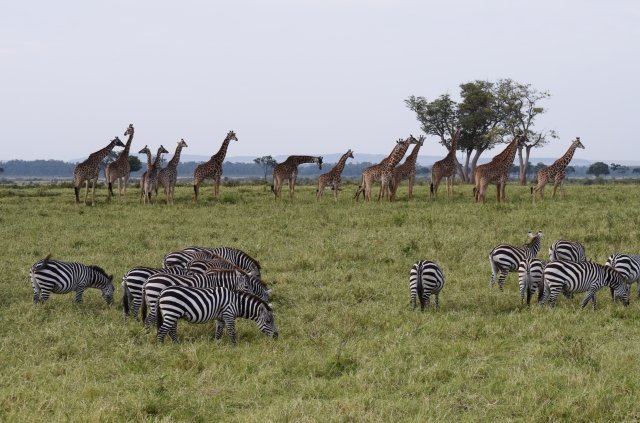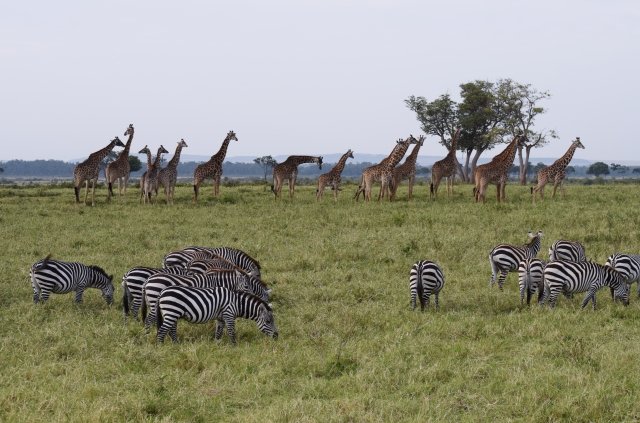Giraffe ecosystem research.


Giraffes are one of the most iconic and beloved animals on the planet. However, despite their popularity, there is still a lot we don't know about their ecosystems and habitats. Recent research has shed new light on these magnificent creatures and the ecosystems they call home.
Giraffes are found in several countries in Africa, including Tanzania, Kenya, Uganda, and South Africa. They are most commonly found in savannas, where they graze on leaves from trees and shrubs. Giraffes have a unique physiology that allows them to reach high branches, with their long necks and tongues measuring up to 18 inches in length.
The giraffe ecosystem is complex and varied, with many different species of plants and animals interacting with each other. Recent research has shown that giraffes play a key role in their ecosystems, not just as charismatic megafauna, but also as important herbivores. They can eat up to 75 pounds of leaves and twigs each day, helping to control vegetation and shape the landscape.
In addition to their role as herbivores, giraffes also act as seed dispersers. As they move through their habitats, they consume a wide variety of plant species, and the seeds of these plants are passed through their digestive system and deposited in their feces. This process helps to spread the seeds across the landscape, promoting the growth of new plants and maintaining biodiversity.
However, giraffe populations are facing a number of threats, including habitat loss, poaching, and climate change. As human populations grow and expand into giraffe habitats, their ecosystems are becoming increasingly fragmented, making it harder for giraffes to move around and access the resources they need to survive.
To better understand the giraffe ecosystem and address these threats, researchers are using a variety of tools and techniques, including satellite tracking, camera traps, and genetic analysis. By studying giraffe behavior and movements, researchers can gain insights into the ecological and social factors that affect their survival.
One recent study used satellite tracking to monitor the movements of giraffes in Tanzania. The researchers found that giraffes were moving across much larger areas than previously thought, and that they often crossed national borders and moved through a variety of different habitats. This information can help conservationists design better protected areas and corridors that allow giraffes to move more freely.
Another study used genetic analysis to study the population structure of giraffes in Namibia. The researchers found that giraffes in this region were more genetically diverse than previously thought, indicating that they were able to move and interbreed across large distances. This information can help conservationists identify key areas for protection and prioritize conservation efforts.
Overall, research into the giraffe ecosystem is providing important insights into the behavior, ecology, and conservation of these beloved animals. By understanding the complex relationships between giraffes and their habitats, we can work to protect these magnificent creatures and the ecosystems they call home.
You've got a free upvote from witness fuli.
Peace & Love!